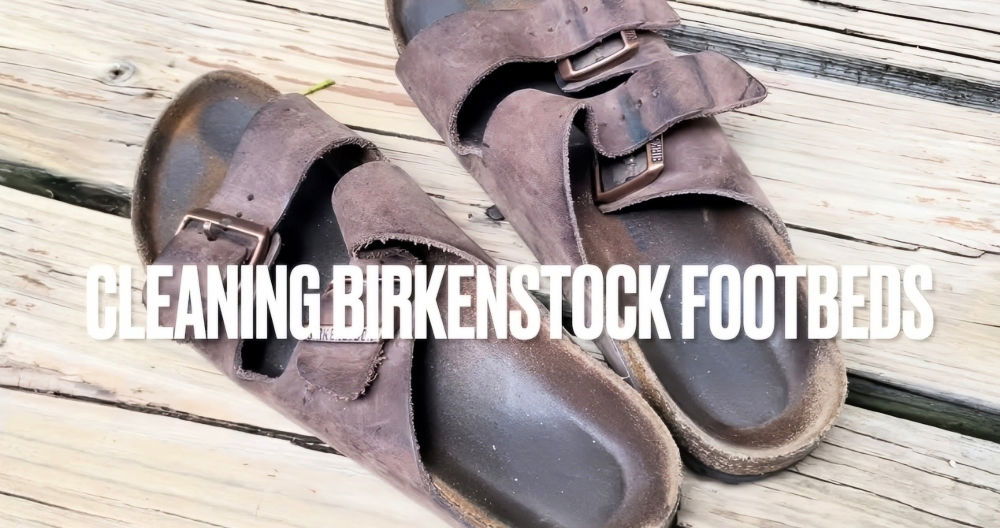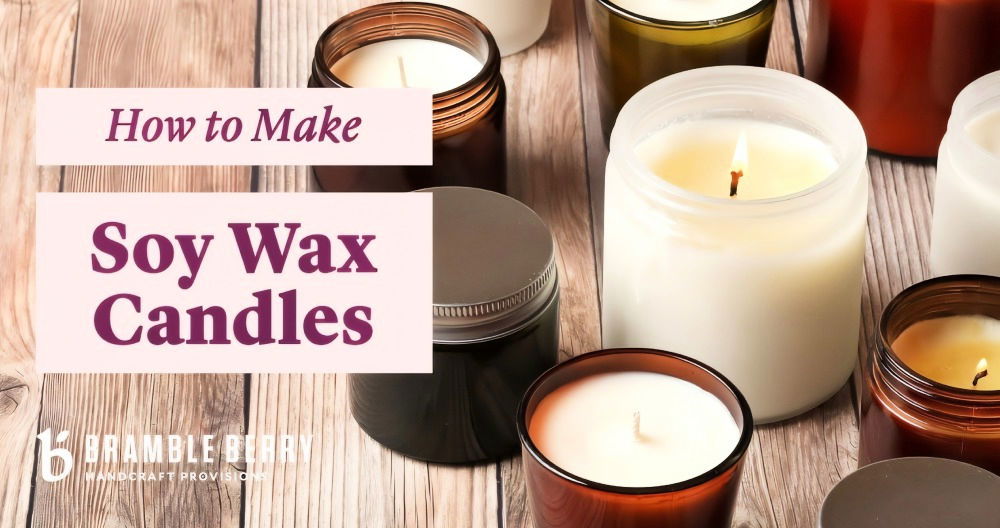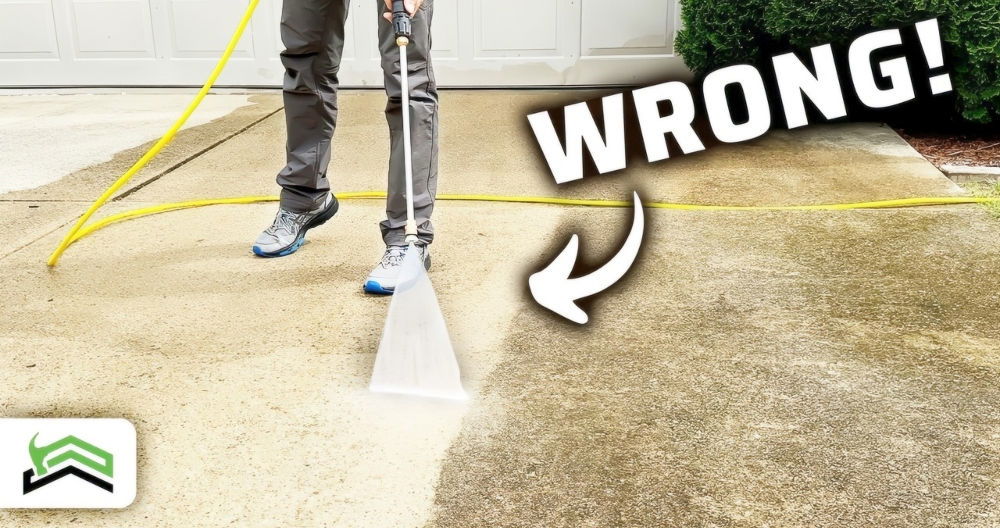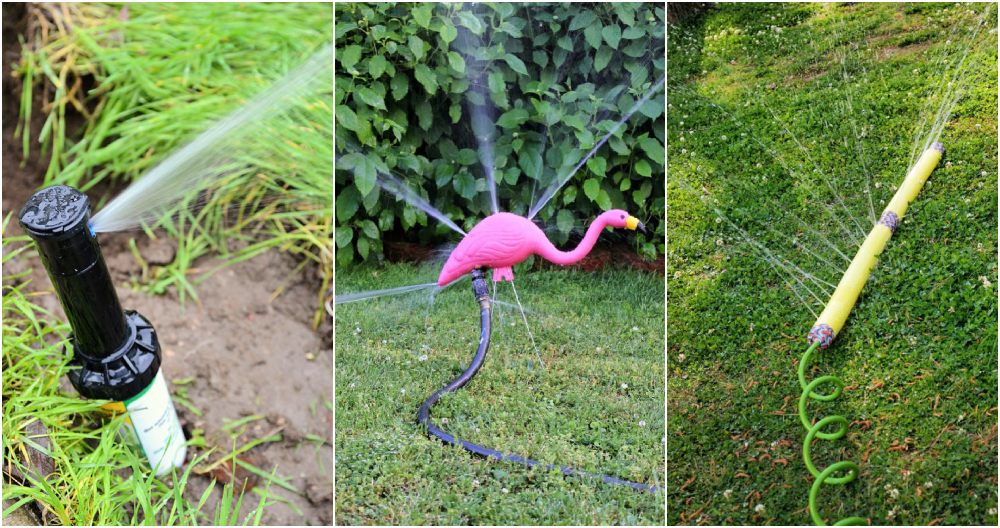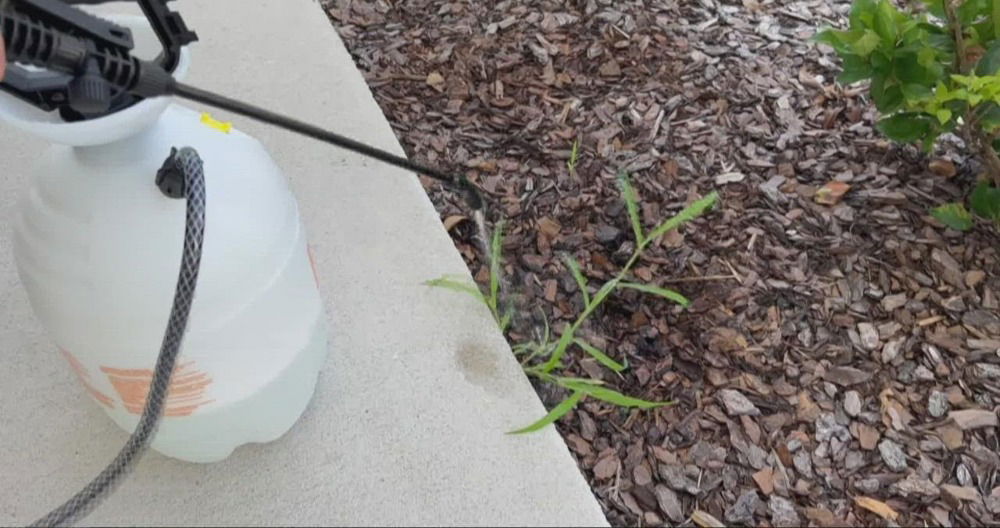Throwing a knife can be both a fascinating hobby and a practical skill for certain situations. While Hollywood may show knife-throwing as a dramatic, spinning act of pinpoint precision, the reality is much different. In this comprehensive guide, we'll explore the practical aspects of knife-throwing, specifically focusing on a method called the no-spin throw, which allows for greater control and accuracy. This article is based on practical techniques shared by Jason Hansen, a former CIA officer with extensive experience in knives and self-defense.
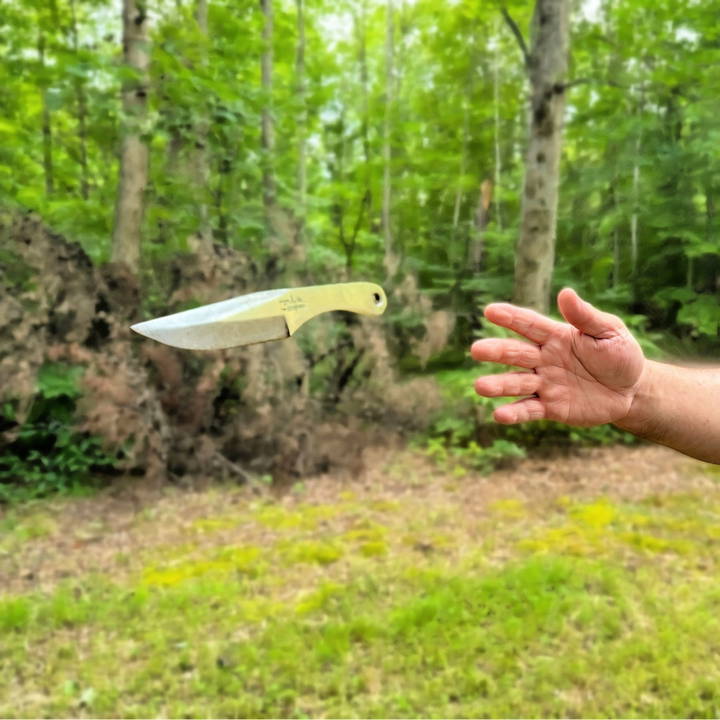
Whether you're interested in self-defense, survival skills, or just want to learn a unique skill for fun, this guide will walk you through the basics and nuances of knife throwing.
What is Knife Throwing?
Knife throwing, simply put, is the act of launching a knife through the air with the intent to make it stick into a target. There are different styles of knife throwing, but the no-spin method, as opposed to the traditional spin-throw method commonly depicted in movies, is a more practical approach.
Why Learn Knife Throwing?
Before diving into the "how," let's explore why someone might want to learn knife throwing:
- Self-defense: Although not the most reliable form of defense, it can be useful in situations where you need to distract or slow down an attacker.
- Survival skills: In wilderness situations, a thrown knife could help with hunting or provide a distance attack for protection.
- Entertainment and challenge: Many people take up knife throwing as a hobby for fun and to challenge their hand-eye coordination.
The No-Spin Throw: A Practical Approach
Master the no-spin throw with practical tips. Learn the truth behind hollywood myths, choose the right knife, and set up for effective practice.
Hollywood vs. Real Life
In Hollywood movies, knives are often seen spinning through the air, landing perfectly in an enemy's forehead. While this makes for great entertainment, it's unrealistic. In real life, throwing a knife that spins in the air introduces several variables, making it much harder to control. The knife has to rotate just the right number of times before hitting the target with the blade, which is highly unpredictable.
In contrast, the no-spin throw is a method designed for practical use. As the name suggests, the knife is thrown in a way that prevents it from spinning. This gives you more control over where the knife lands, making it much more likely to stick in the target or, at the very least, distract or injure an opponent.
Equipment: What Type of Knife Should You Use?
Most likely, you won't be carrying specialized throwing knives in everyday life. Throwing knives are typically balanced with no handles, making them ideal for spins. However, in a real-world situation, you'll likely be using a fixed-blade knife, perhaps a survival knife with a handle.
Jason Hansen advises that any durable fixed-blade knife can work for no-spin throws. His personal preference is a carbon fiber handle knife, which is both lightweight and strong. If you're just starting, it's important to note that the handle of your knife might make sticking into certain targets more challenging, but it won't make the technique itself impossible to learn.
Practice Setup
Before throwing knives at anything, it's essential to create a safe practice environment. Jason recommends using cardboard boxes as your target. These provide a forgiving surface for the knife to stick into, especially if you're still learning the technique. Stack your boxes in front of a solid backstop, like a wall, to ensure the knife doesn't end up somewhere unintended.
Make sure no one is standing behind your target area, and practice in a wide, open space. Safety is paramount in knife-throwing, so set up your area accordingly.
Step by Step Instructions
Learn how to throw a knife without spin with step-by-step instructions, tips on grip, stance, and focus to master perfect, accurate throws.
The Technique: How to Throw a Knife Without Spin
Throwing a knife without spin is all about controlled release and follow-through. Here's a step-by-step breakdown:
Step 1: Grip the Knife Correctly
Your grip is the foundation of the throw. A good no-spin throw starts with holding the knife between your thumb and index finger, near the handle or blade. Depending on your knife's balance, you may want to experiment with different grips to find what feels most natural.
- Thumb on the spine: For most knives, place your thumb along the back of the blade, just above the handle.
- Fingers on the side: Your index finger will press lightly on the side of the blade to guide the direction of the throw.
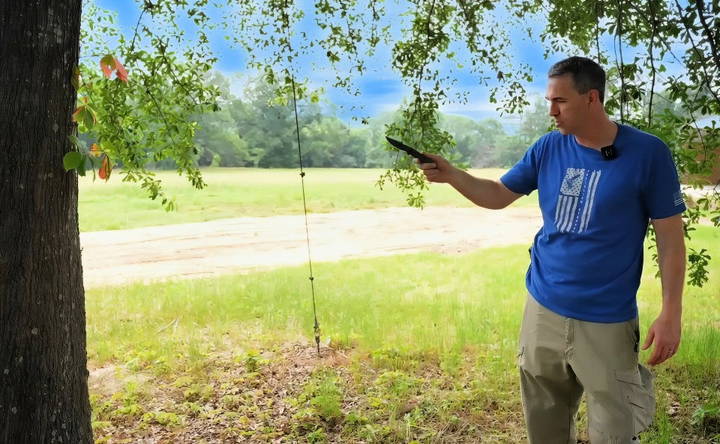
Step 2: Stand and Position Yourself
Positioning your body is essential for stability and accuracy:
- Foot positioning: Stand with your feet shoulder-width apart. If you're right-handed, position your left foot slightly forward.
- Distance: As a beginner, start by standing about 8 to 10 feet from your target. You can adjust this distance as you improve.
Step 3: Focus on the Target
Pick a specific spot on the target and focus on it. Whether you're throwing at a cardboard box or a tree, it's important to aim consistently at the same spot. This helps build muscle memory over time.
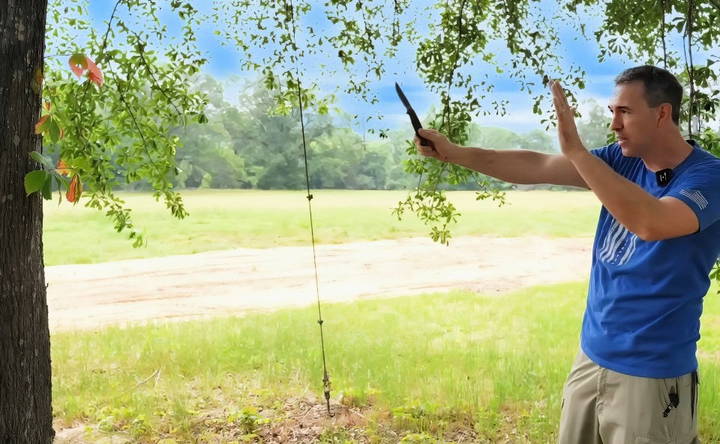
Step 4: Follow the “Football” Motion
The key to a no-spin throw is in the throwing motion, which is akin to throwing a football. Here's what you do:
- Pull back and release: As you bring the knife back to throw, make sure to follow a smooth, straight motion.
- Release at the right point: The critical part of the throw is the release. You'll want to let go of the knife when your arm is at about a 45-degree angle. Releasing too late or too early will cause the knife to wobble or spin.
- Follow through: After the release, allow your hand to follow through naturally in a downward diagonal motion. This helps control the knife's trajectory and ensures that the throw stays straight.
Step 5: Evaluate Your Throws
Don't be discouraged if your knife doesn't stick right away. The goal in the beginning is to get the motion right. Even if your knife hits the target without sticking, you've likely thrown it correctly. Over time, with more practice, your knife will begin to stick more frequently.

Even a poorly thrown knife that hits an opponent or threat with the handle can still have a significant impact by distracting or slowing them down.
Practice Tips and Tricks
Get the best practice tips and tricks for mastering knife skills. Learn about targeting variety, knife maintenance, and staying patient for optimal results.
Target Variety
After you've mastered throwing into cardboard, you can experiment with other materials like softwood, such as pine, to further test your skills. Avoid hard materials like oak or very dense trees, as these can damage your knife and make sticking difficult.
Knife Maintenance
It's essential to maintain your knife regularly. Always check the blade for chips or damage after practice sessions. Keep it sharpened, as a dull knife is more difficult to throw and less likely to stick.
Stay Patient
Knife throwing takes time and practice to master. Even experienced throwers like Jason Hansen admit that it's not something they practice daily because it's more of a fun skill than a necessary one for self-defense. Don't be discouraged by misses, and keep working on refining your throw.
When to Use Knife Throwing for Self-Defense
Throwing a knife in a self-defense scenario should be your last resort. In most cases, it's better to keep your knife for close combat rather than risk losing it with a throw. However, there are specific situations where it could be useful:
- Distraction: Throwing a knife can distract an attacker long enough for you to escape or reach for a secondary weapon, like a gun.
- Distance defense: If an attacker is too close for comfort but still several feet away, throwing a knife might slow them down, giving them time to react or escape.
Remember, only throw a knife if you have another weapon or strategy to fall back on. Once the knife leaves your hand, you're defenseless if it doesn't land where you intend.
Conclusion
Knife throwing, especially the no-spin technique, is a fun and challenging skill that can be practical in specific situations. However, it's important to remember that knife throwing should be practiced in a safe environment and should never be your first option in a self-defense situation unless you have a backup weapon or strategy in place.
As with any skill, consistent practice is key. Whether you're learning for fun or survival, take the time to master the basics and always prioritize safety above all else.
FAQs About How to Throw a Knife
Master the art of knife throwing with our comprehensive FAQs. Discover tips, techniques, and safety measures to enhance your skills.
A no-spin throw is a technique where the knife is released in such a way that it flies without rotating. This method allows greater control and consistency, particularly at short distances (around 6-10 feet), making it more practical for real-world scenarios.
Spinning throws are harder to control, as they rely on precise rotation to hit the target with the blade. A no-spin throw reduces this variable, improving accuracy. It's especially effective when using a regular knife, not designed for throwing.
Any durable, well-balanced fixed-blade knife can work. While specialized throwing knives are ideal, many survival knives with carbon fiber or similar handles can be used effectively.
Use cardboard boxes as your initial target. Stack them in front of a sturdy backstop, like a wall, and ensure no one is standing behind the target. Start with short distances and gradually work your way back as your accuracy improves.
Begin at a distance of about 6-10 feet. Adjust based on your practice results, and remember that consistency in distance helps develop muscle memory and accuracy.
Hold the knife with your thumb on the spine and your index finger lightly on the blade. Keep a relaxed grip so you can control the release, similar to how you might throw a football.
Throwing a knife should only be done as a last resort, especially if you have another weapon available. Once thrown, the knife can miss, bounce off, or be picked up by your attacker, leaving you defenseless.
It's common for knives to not stick at first, especially with harder targets like wood. Even if the knife doesn't stick, it can still serve as a distraction. Keep practicing with softer targets like cardboard to improve your technique.
While it is possible to throw most knives, they are not all designed for this purpose. Heavier knives or those without proper balance are less likely to stick, but with practice, you can still improve accuracy.
Yes, heavier knives tend to be more stable and easier to control during a no-spin throw. However, it is essential to practice with the knife you plan to use most often, so you adapt to its weight and balance.
Yes, knives can bounce back if thrown at hard surfaces like trees or walls. Always stand a safe distance away and aim for softer materials like cardboard or hay bales to reduce the risk of injury from rebounds.
Follow-through is critical. Just like throwing a football, you want to follow the motion all the way, ensuring the knife flies straight. Proper follow-through helps maintain accuracy and prevents unwanted spins.




